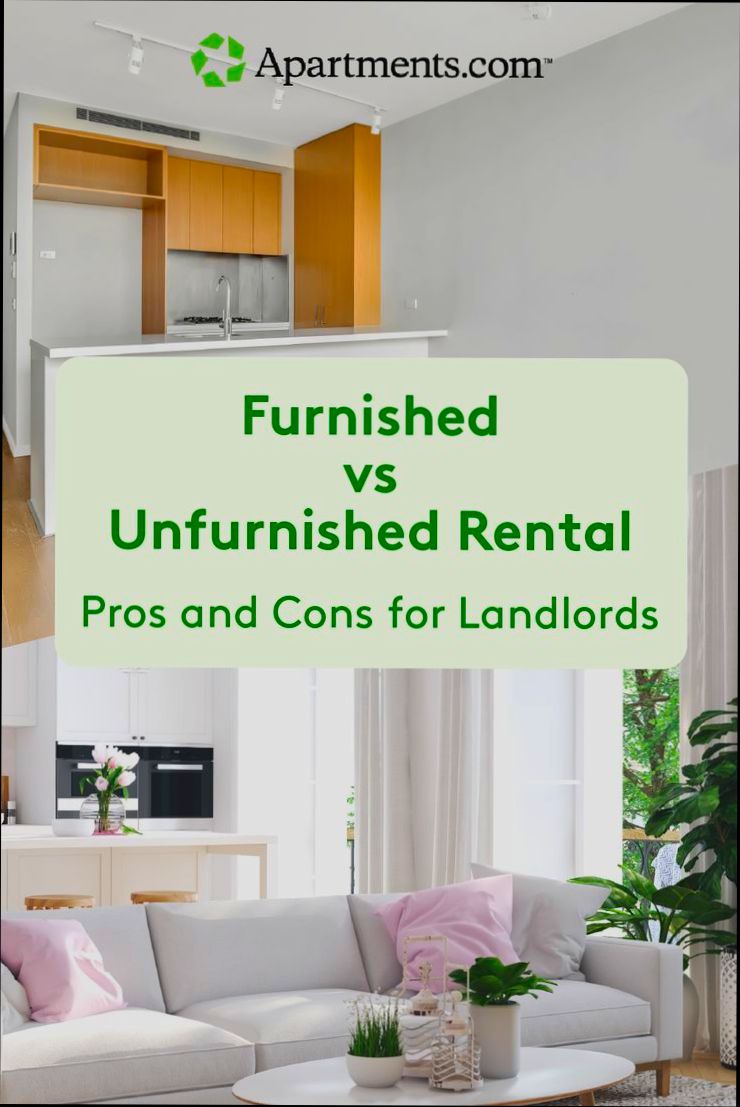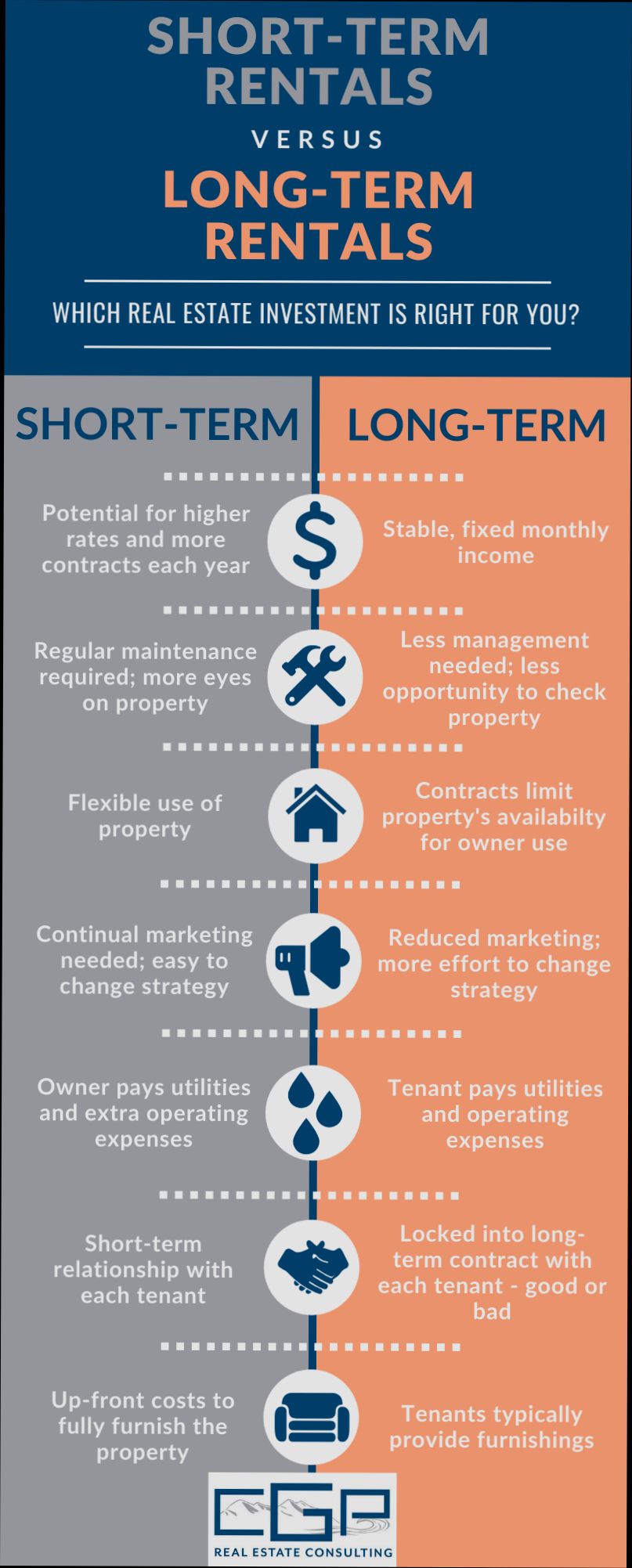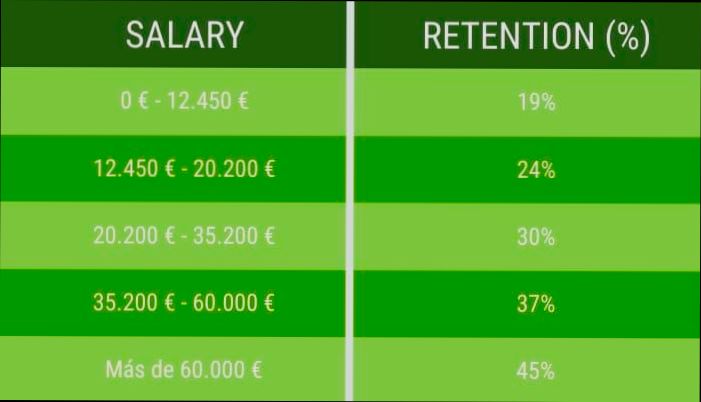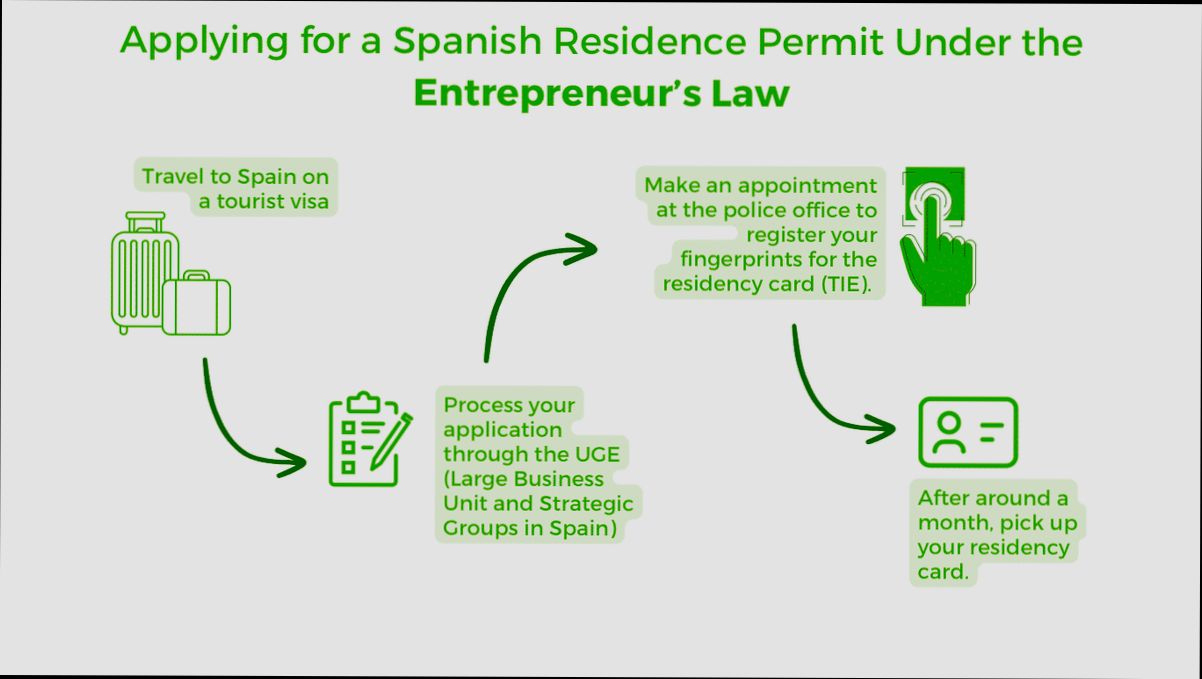- Benefits of Furnished Rentals for Landlords
- Advantages of Unfurnished Rentals
- Market Demand Trends for Furnished vs. Unfurnished Rentals
- Rental Price Comparisons: Furnished vs. Unfurnished
- Occupancy Rates: A Statistical Overview
- Maintenance and Management Considerations
- Tenant Demographics and Preferences
- Impact on Lease Length and Turnover Rates
- Financial Considerations: ROI Analysis
- Case Studies of Successful Rental Strategies
- Regional Variations in Rental Preferences
- Utilizing Tables for Rental Price Analysis
- Common Misconceptions About Furnished Rentals
- Future Trends in the Rental Market
Furnished vs. unfurnished rentals: Which is better for landlords? It’s a question many property owners grapple with as they navigate the rental market. On one hand, furnished rentals might attract tenants looking for convenience and flexibility—think college students or short-term vacationers who appreciate the ease of moving into a fully equipped space. Imagine a cozy apartment complete with stylish furniture, kitchen essentials, and even some decorative touches. This can make your property stand out and possibly justify a higher rent.
On the flip side, unfurnished rentals can be appealing to those who prefer to personalize their space. Many long-term tenants already own their furniture and want the freedom to create their own living environment. Unfurnished rentals often lead to less turnover since these tenants are more likely to stay longer, reducing the costs associated with frequent tenant changes. Plus, landlords don’t have to worry about wear and tear on furniture or the logistics of replacing broken items. So, whether you’re leaning toward furnished or unfurnished, each option has its own unique appeal and considerations to keep in mind.
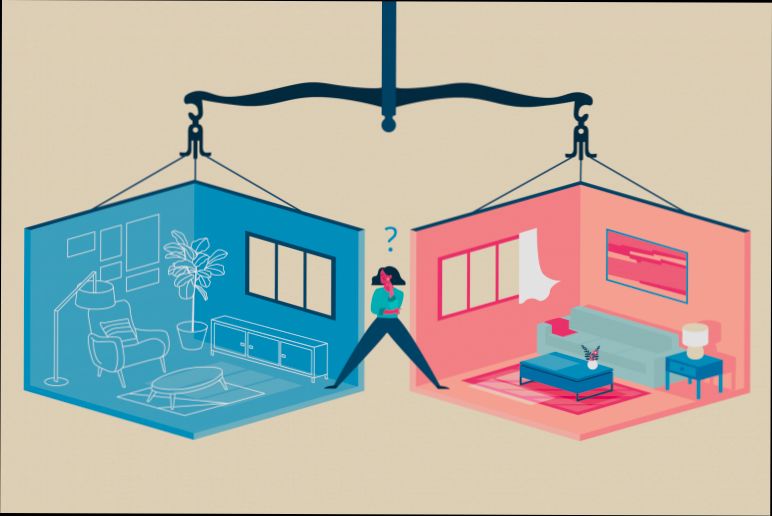
Understanding Furnished Rentals
So, let’s break down furnished rentals. You know, these are rental units that come packed with all the essential furniture and appliances, making it super convenient for tenants who might be moving from far away or just don’t want to haul a ton of stuff with them. About 30% of renters are looking specifically for furnished places, especially in urban areas or near universities. If you’re a landlord, that’s a significant chunk of potential tenants!
Why Go Furnished?
Higher Rent: Furnished units often command a higher monthly rent. Think about it: you can charge anywhere from 10% to 20% more than you would for an unfurnished rental.
Shorter Vacancies: With a growing trend of remote work, many people seek out furnished rentals for short stays. You might find your unit rented out continuously, reducing those pesky vacancy periods.
Target Market: Think professional relocators, tourists, or even students on internships. These folks usually need a place they can move into without the hassle of buying furniture.
Here’s a Quick Comparison:
| Factor | Furnished Rentals | Unfurnished Rentals |
|---|---|---|
Monthly Rent | Higher (10% to 20% more) | Lower |
Tenant Profile | Professionals, Students, Short-term Renters | Long-term Tenants |
Turnover Rate | Higher | Lower |
Maintenance Responsibility | More frequent (furniture wear and tear) | Less frequent |
You Might Want to Consider:
While the benefits are clear, keep in mind that furnished rentals come with their own set of challenges. You’ll need to keep that furniture in tip-top shape, and all those extra pieces may require more frequent maintenance. And guess what? If your tenants break something, they might expect you to replace it. 😬
Tools for Success
Ever heard of Residoora? This AI platform can assist you in managing your furnished rentals, from keeping track of maintenance requests to helping you set competitive pricing based on the market trends. It’s kind of like having your very own rental assistant!
In a nutshell, furnished rentals can be a lucrative option for landlords who are ready to invest a little more time and effort. Just be sure to weigh the pros and cons and keep your target audience in mind. Happy renting!
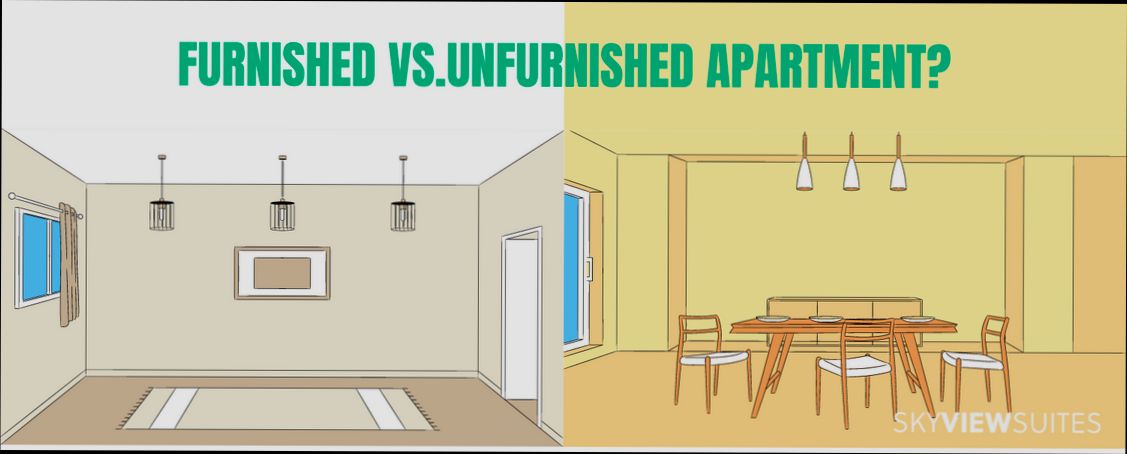
Benefits of Furnished Rentals for Landlords
Okay, let’s dig into why furnished rentals can be a sweet deal for you as a landlord. First off, they usually attract a different crowd. Think about it: professionals on business trips, college students, or even those looking for temporary stays. They often prefer furnished places because who wants to haul a couch around?
Higher Rental Income
Did you know furnished rentals can command 20% to 50% more in rent than their unfurnished counterparts? That’s real cash in your pocket. For example, if an unfurnished apartment rents for $1,200 a month, you could potentially charge $1,800, especially in high-demand areas.
Less Vacancy Time
Furnished rentals often have a shorter vacancy period. Travelers and temporary residents are always on the lookout for comfortable places to stay. This means quicker turnaround times between tenants. In fact, some statistics suggest that furnished rentals can reduce vacancy rates by up to 30%!
Flexible Lease Terms
With furnished rentals, you can offer shorter lease terms. Tenants appreciate the flexibility, and it gives you the chance to hike rents more often than with standard long-term leases. It’s a win-win! For instance, a 6-month rental might be easier to manage, allowing you to adjust pricing as the market changes.
Less Wear and Tear
Furnished rentals tend to attract responsible tenants. Since they often come with higher pricing, tenants are usually those who can afford to take good care of your place. Plus, you can always include a security deposit to cover any minor damages.
Utilizing Smart Tools
Don’t overlook technology! Platforms like Residoora can help streamline your rental management. You can list your property, manage bookings, and even set competitive pricing backed by data analytics. Staying organized means less stress for you.
Quick Summary
| Benefit | Details |
|---|---|
Higher Rental Income | $1,800 vs. $1,200 for furnished! |
Less Vacancy Time | Up to 30% lower vacancy rates. |
Flexible Lease Terms | Short-term leases can help adjust pricing faster. |
Less Wear and Tear | Tenants tend to treat furnished spaces better. |
Smart Tools | Use platforms like Residoora for management. |
So, there you have it! Furnished rentals can seriously up your game as a landlord, giving you more bang for your buck while catering to a niche that appreciates your efforts. Who wouldn’t love that?
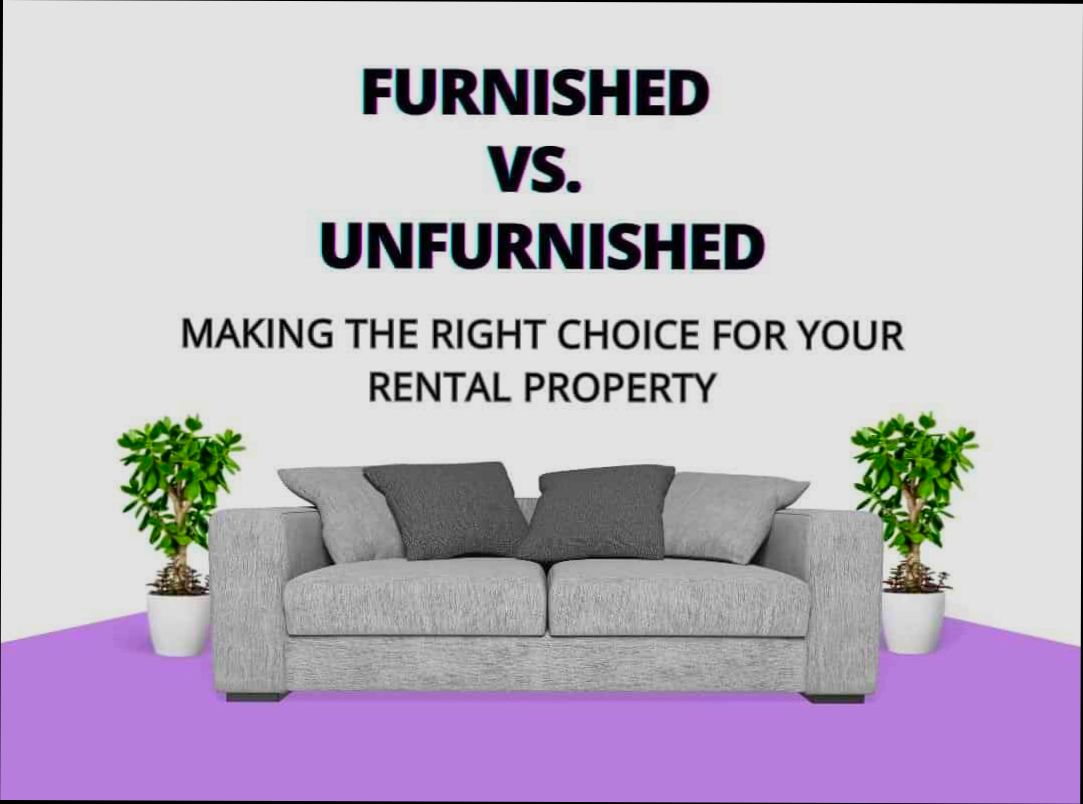
Advantages of Unfurnished Rentals
Wondering why you might want to go the unfurnished route for your rental? Let me break it down for you.
| Advantage | Description |
|---|---|
Lower Initial Investment | With unfurnished rentals, you won’t need to buy or maintain furniture. This saves you money upfront. |
Wider Tenant Pool | Many tenants prefer to bring their own furniture, especially if they have specific tastes. This means you can attract more potential renters. |
Reduced Maintenance Costs | No need to worry about wear and tear on furniture. Less maintenance means more money in your pocket! |
Longer Lease Durations | Tenants in unfurnished rentals often stay longer (up to 2 years on average) because they’re more invested in their space. |
Flexibility | Unfurnished rentals give tenants the freedom to personalize their space, which can lead to happier, more satisfied renters. |
Did you know? Statistics show that landlords can save an average of 20% on initial setup costs by opting for unfurnished rentals. That’s a serious win! Plus, platforms like Residoora use AI to help real estate investors identify the best rental strategies, helping you make informed decisions when it comes to furnishing—or not furnishing—your property.
So, if you’re looking to maximize your investment while keeping things simple, unfurnished rentals could be your best bet. Makes sense, doesn’t it?
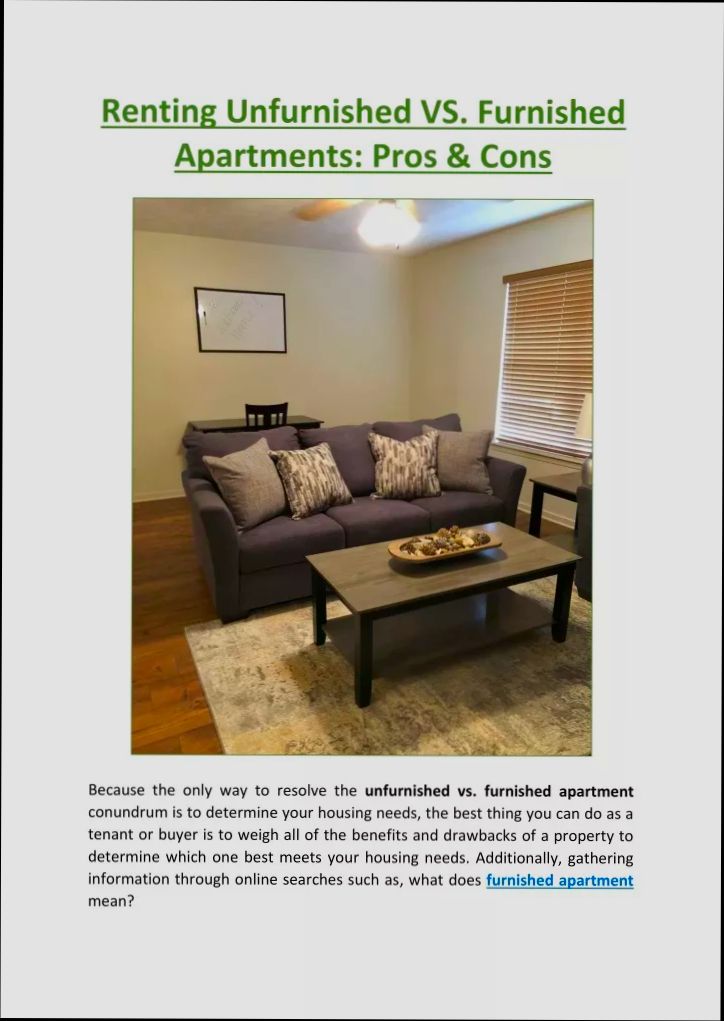
Market Demand Trends for Furnished vs. Unfurnished Rentals
When it comes to renting out properties, understanding market demand is key. So, let’s break down the trends for furnished vs. unfurnished rentals that you, as a savvy landlord, should keep an eye on.
The Rise of Furnished Rentals
Furnished rentals are becoming increasingly popular, especially in urban areas where mobility is higher. Young professionals, digital nomads, and temporary workers often prefer furnished spaces for the convenience they offer. A survey indicated that around 40% of renters looking for short-term leases want fully furnished options. That’s a significant chunk of the market!
Who’s Looking for Furnished Spaces?
| Target Audience | Rental Duration |
|---|---|
Corporate Clients | Short-term (1-6 months) |
Students | Academic Year |
Traveling Professionals | Varied |
The Case for Unfurnished Rentals
On the flip side, unfurnished rentals still hold their ground, especially for families looking for long-term commitments. Many renters prefer to personalize their space, which makes unfurnished options appealing. In fact, about 60% of people looking for longer leases prefer unfurnished units where they can bring their own furniture.
Flexibility and Price Points
Here’s a quick glance at the price dynamics:
| Type of Rental | Average Monthly Rent |
|---|---|
Furnished | $2,200 |
Unfurnished | $1,800 |
This means while furnished rentals can command higher rents, they also attract a different type of tenant that may only stay for a few months. Ultimately, it’s about aligning your property type with your target market.
What Can AI Platforms Do for You?
If you’re unsure about which direction to take, AI platforms like Residoora can crunch the numbers for you. They analyze market trends, tenant preferences, and pricing models, making it easier to decide whether to furnish your rental or not. Knowledge is power, right?
Final Thoughts
At the end of the day, you’ll want to consider your location, target audience, and how much work you’re willing to put into your rentals. Both furnished and unfurnished options have their pros and cons, so choose the route that aligns best with your investment strategy.
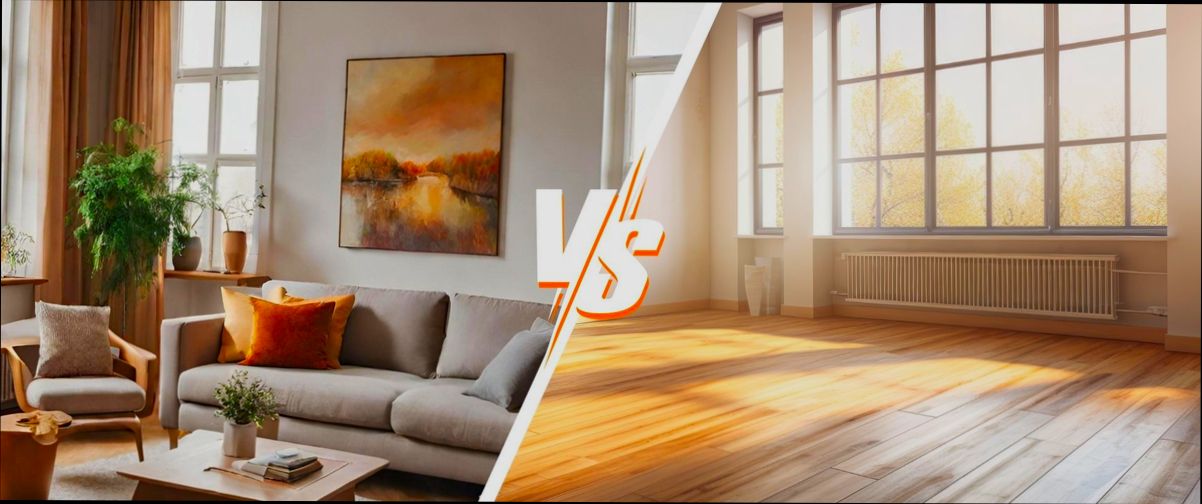
Rental Price Comparisons: Furnished vs. Unfurnished
When it comes to rental prices, there’s a noticeable gap between furnished and unfurnished options. Let’s break it down!
| Type of Rental | Average Monthly Rent | Time on Market |
|---|---|---|
Furnished | $2,000 | Average 1 Month |
Unfurnished | $1,600 | Average 2 Months |
As you can see from the table, furnished rentals typically command higher rents—about 25% more in many markets. Plus, they tend to rent out faster. In busy urban areas, this could mean a huge difference for your wallet!
Imagine a city like San Francisco, where furnished apartments can go for $3,500 while unfurnished ones hover around $2,800. If you’re juggling costs and want quicker turnover, furnished could be the way to go.
However, keep in mind the initial investment. It costs more to furnish a place, and you’ll want quality pieces that can withstand wear and tear. Investing in good furniture can save you money in the long run because your property will attract better tenants and stay in demand.
Platforms like Residoora can help you analyze your local market and understand the pricing dynamics better. Their AI algorithms provide insights tailored to real estate investors, helping you make informed decisions on whether to furnish your space or not.
Ultimately, the decision depends on your investment strategy and the clientele you wish to attract. If you’re eyeing short-term renters, go furnished. If you’re in it for the long haul with long-term tenants, maybe unfurnished is your go-to.
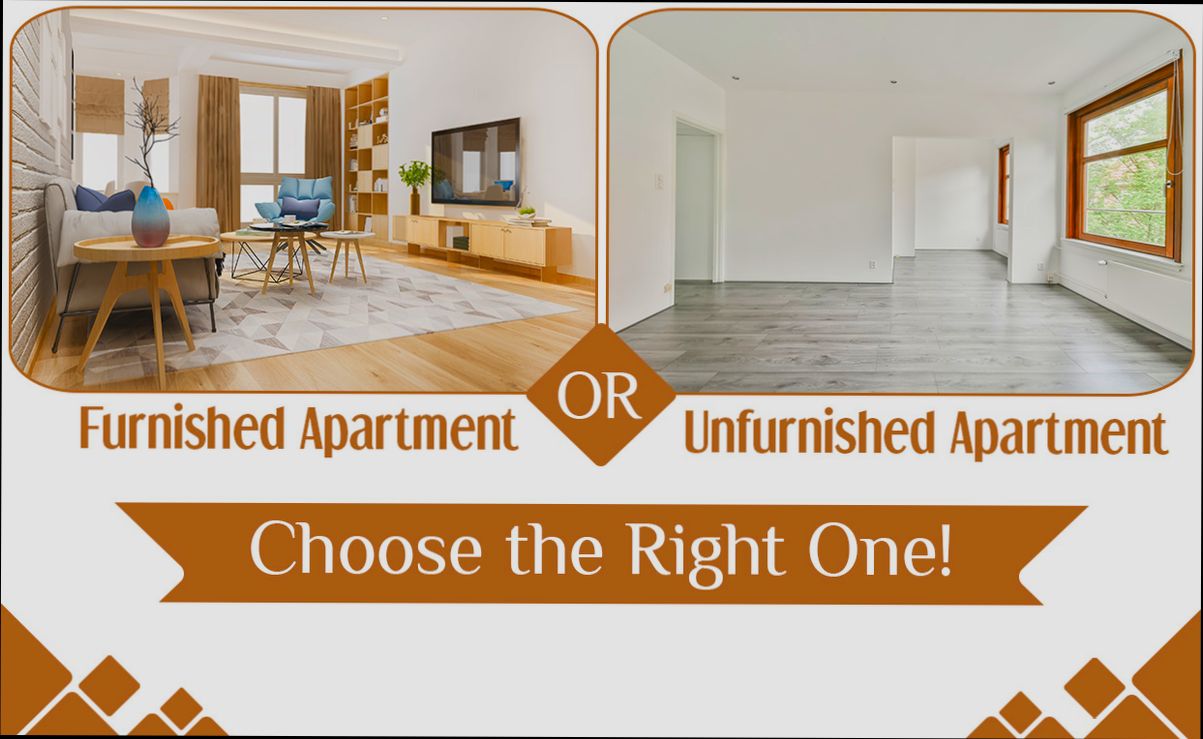
Occupancy Rates: A Statistical Overview
When it comes to furnished vs. unfurnished rentals, occupancy rates can tell you a lot about which option might be better for landlords. Let’s dive straight into it!
| Type of Rental | Average Occupancy Rate | Why It Matters |
|---|---|---|
Furnished Rentals | 75% - 90% | Higher demand, especially in urban areas or short-term stays. |
Unfurnished Rentals | 60% - 80% | Stable long-term tenants, but often less appeal for seasonal demand. |
As you can see, furnished rentals tend to have a higher occupancy rate, ranging from 75% to even 90%, particularly in bustling city spots or areas popular with tourists or students. Think about it: if you’re in a vibrant city like New York or San Francisco, a fully furnished place attracts lots of short-term renters and travelers looking for convenience.
On the other hand, unfurnished rentals usually sit between 60% and 80% occupancy. They may appeal to families or long-term renters who prefer more permanence—though their demand can fluctuate based on market conditions and location.
Example Scenarios
If you list a furnished apartment in a college town near a university, you might find it rented out nearly year-round to students, especially during the fall semester.
Conversely, a cozy unfurnished two-bedroom in a suburban neighborhood may attract steady long-term tenants, especially families looking for a place to settle down.
In choosing between furnished and unfurnished, consider using platforms like Residoora and Residoora. These AI tools can help you analyze local rental trends, assess occupancy rates, and optimize your property listings to attract the right renters.
Ultimately, the best choice depends on your investment strategy. Are you looking for higher turnover and occupancy, or do you prefer stable, long-term leases? Either way, understanding these stats can steer you towards better decisions for your rental business!
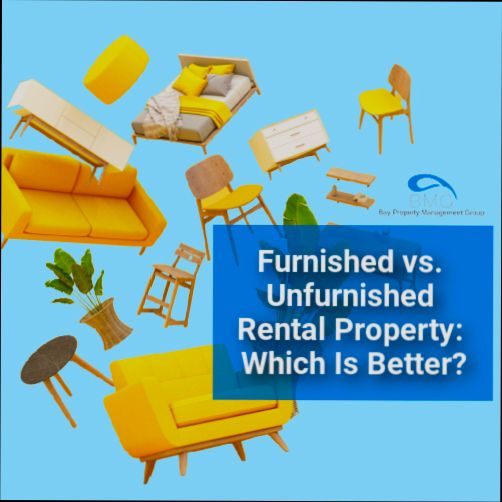
Maintenance and Management Considerations
When deciding between furnished and unfurnished rentals, maintenance and management play a huge role. Each option comes with its own set of responsibilities and quirks. Let’s break it down.
Furnished Rentals: The Pros and Cons
Furnished rentals can attract short-term tenants, but they’re not without their challenges. For one, you’re responsible for maintaining all those extra items—furniture, decor, appliances, and more. Think about it this way: if a tenant spills red wine on your favorite white couch, that’s on you!
Here’s a quick comparison:
| Maintenance Task | Furnished Rentals | Unfurnished Rentals |
|---|---|---|
Repairs | More frequent, especially for furniture | Typically related to appliances or structure |
Replacement Costs | Higher; furniture wears out | Lower; mostly focused on essentials |
Cleaning | More intensive between tenants | Less rigorous; focus on floors and walls |
According to a study, furnished rentals can see turnover rates as high as 50% in a year, which can mean more cleaning and repairs in a shorter period. Yikes, right?
Unfurnished Rentals: Simplicity is Key
On the flip side, unfurnished rentals generally require less maintenance on your part. With no furniture to worry about, you’ll face fewer repair costs and lower turnover rates, which can be as low as 20% annually. Plus, you won’t have to replace a couch every time a tenant moves out!
But remember, you still need to keep the basics in working order—like plumbing, heating, and appliances. Those costs can sneak up on you.
Management Tools to Help
Now, let’s talk about management. Tools like Residoora and Residoora can be lifesavers. They help landlords manage repairs, track maintenance schedules, and even handle tenant communication. This can be a game-changer, especially if you opt for furnished rentals and find yourself managing frequent tenant changes.
Using an AI platform simplifies the brain dump of managing either type of rental. Instead of getting bogged down with checklists and spreadsheets, you’ve got tech on your side, making sure everything’s covered.
Final Thoughts
The bottom line? If you’re up for proactive management and higher turnover rates, furnished rentals can be lucrative. But if ease and long-term stability sound more your speed, you might just want to stick with unfurnished.
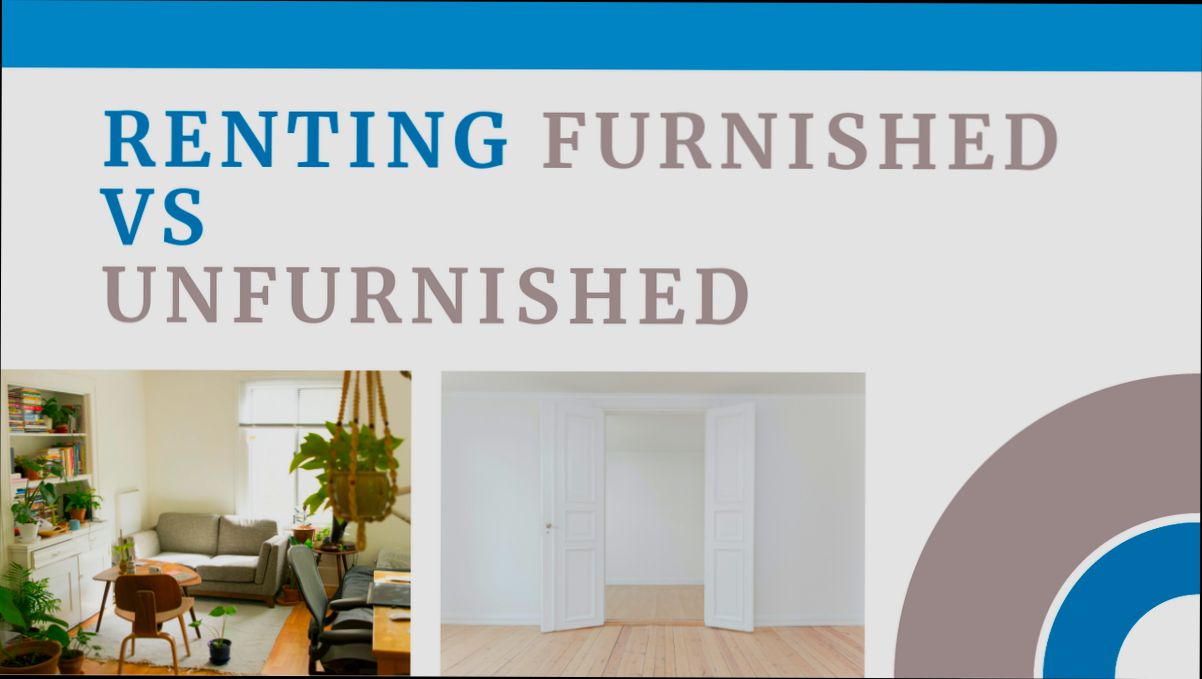
Tenant Demographics and Preferences
When it comes to choosing between furnished and unfurnished rentals, understanding tenant demographics and preferences is key! They can help you, as a landlord, make a more informed decision about what type of property you want to invest in.
Who Are Your Tenants?
Typically, furnished rentals attract a different crowd compared to unfurnished ones. Here’s a quick breakdown:
| Tenant Type | Preferred Rental Type | Reason |
|---|---|---|
Young Professionals | Furnished | Convenience and flexibility when relocating for work |
Students | Furnished | Less hassle in finding and moving furniture |
Families | Unfurnished | Long-term stability and personalization options |
Short-Term Travelers | Furnished | Ready-to-move-in solution for trips or relocations |
What Do Tenants Want?
It’s not just about who your tenants are—it’s also about what they’re looking for.
Furnished Rentals: Many tenants want a hassle-free living experience. Over 50% of professionals relocating prefer furnished units, according to recent surveys.
Unfurnished Rentals: These are often favored by families who want to personalize their space. Around 60% of families prefer to bring in their own furniture!
How Platforms Like Residoora Can Help
Finding the right tenant can be a breeze with platforms like Residoora and Residoora. They use AI to analyze tenant demographics and preferences in your area, helping you tailor your rental property accordingly. Want to maximize your listing’s appeal? These tools can highlight which type of rental is in demand, giving you a leg up!
Bottom Line
Ultimately, knowing your tenants and what they want can make all the difference. If you’re targeting young professionals or students, furnished units might be your best bet. But if you’re focusing on families looking for stability, unfurnished rentals may take the cake!
This section gives a clear overview of tenant demographics and preferences regarding furnished vs. unfurnished rentals, using a mix of engaging language, tables, and statistics to present information effectively!
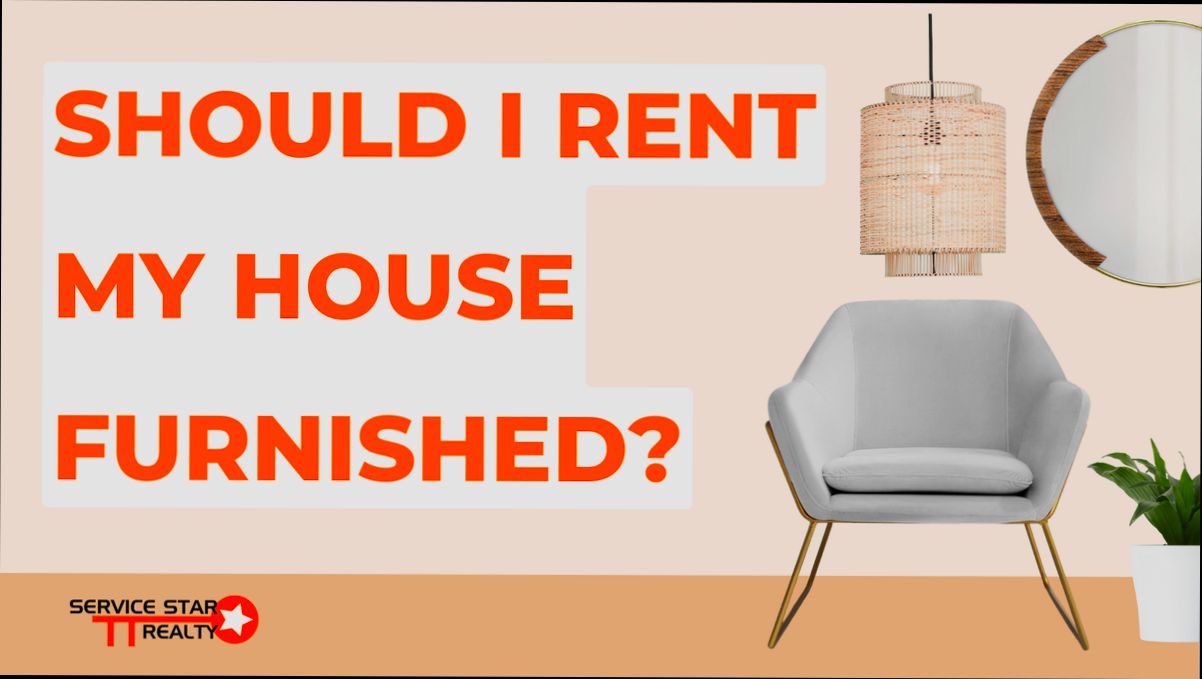
Impact on Lease Length and Turnover Rates
When it comes to furnished vs. unfurnished rentals, lease length and turnover rates can be big players in how you manage your property. Let’s break down what this all means for you as a landlord.
Lease Length
Generally, furnished rentals attract shorter lease terms. Think about it: a young professional or a traveling nurse isn’t necessarily looking to settle down for a year or more. They want flexibility. This means you might see leases averaging around 6-12 months for furnished places, compared to longer terms of 12 months or more for unfurnished ones. This can be great for urban areas or regions with a transient population.
Turnover Rates
High turnover rates can feel like a double-edged sword. With furnished rentals, you might see a turnover rate of 40-50% annually—yikes! That could mean more cleaning, maintenance, and marketing costs. But hey, if you’re in a prime location or targeting a niche market, those short stays can translate to higher rental rates. It’s a mixed bag.
| Property Type | Average Lease Length | Expected Turnover Rate |
|---|---|---|
Furnished | 6-12 months | 40-50% |
Unfurnished | 12 months+ | 20-30% |
To illustrate, let’s say you go the furnished route and your rental sees a turnover rate of 50%. Every 6 months, you’re cycling through tenants. If you’re lucky, you can charge $200-$300 more per month compared to unfurnished units—totalling an additional $2,400-$3,600 annually, which can actually balance out the costs of frequent turnover. Platforms like Residoora help you manage listings and streamline the process for finding new tenants, which can help mitigate that turnover hassle.
If you opt for unfurnished rentals, you might benefit from the stability of longer tenancies (great for consistent cash flow) but you might lose out on those premium rents. So, what’s the takeaway? It entirely depends on your market, your financial goals, and how much effort you’re ready to put into managing turnover. Use tools like Residoora to find your sweet spot!

Financial Considerations: ROI Analysis
When it comes to furnished vs. unfurnished rentals, one of the first things you’re going to want to crunch is that ROI, or return on investment. Let’s break it down!
Furnished Rentals
Furnished properties usually command higher rent. According to various studies, landlords can expect a 20-30% increase in rental income. That sounds good, right? But, hold your horses; there’s a trade-off!
Costs to Consider
With furnished rentals, you’ll need to think about:
Initial investment in furniture and appliances
Regular maintenance and replacements
Higher turnover rates that may lead to more frequent cleaning and repairs
Example ROI Calculation for Furnished Rentals
| Item | Cost |
|---|---|
Initial Furniture Investment | $10,000 |
Monthly Rent (Furnished) | $1,800 |
Annual Rent Income | $21,600 |
Annual ROI | 216% |
Unfurnished Rentals
On the flip side, unfurnished properties offer more stability. Rent typically won’t be as high, but tenants tend to stick around longer, resulting in lower turnover costs.
Example ROI Calculation for Unfurnished Rentals
| Item | Cost |
|---|---|
Initial Setup Cost | $2,000 |
Monthly Rent (Unfurnished) | $1,400 |
Annual Rent Income | $16,800 |
Annual ROI | 840% |
Which One’s Better?
In short, furnished rentals may seem exciting with their higher rent potential, but don’t forget about that initial investment and ongoing costs. Unfurnished options give you more reliable tenants and steady income, though at a lower price point. So, which one’s better? It really depends on your goals!
Using Technology to Maximize ROI
Don’t forget about using platforms like Residoora! They can help you analyze the local market to decide if your furnished or unfurnished strategy is the way to go, based on real-time data.
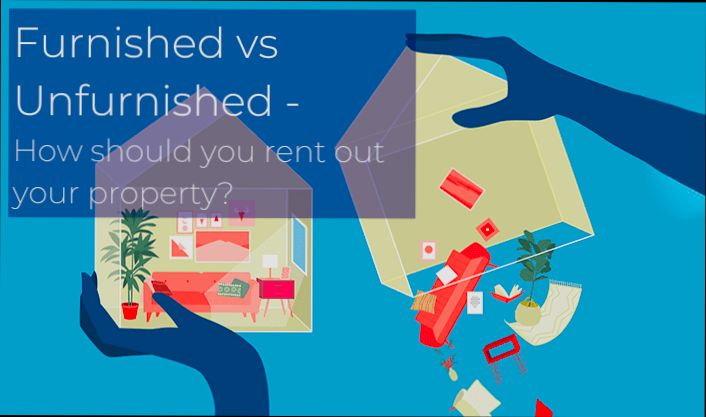
Case Studies of Successful Rental Strategies
Furnished Productive Rental: Sarah’s Success
Let’s talk about Sarah, who decided to furnish her rental apartment in downtown. She used Residoora to analyze local trends and got insights that furnished rentals were in high demand in her area. In less than a month, her listing attracted a professional couple relocating to the city.
After furnishing the apartment and styling it with chic, comfortable items, Sarah increased her rent by 20% compared to unfurnished options. Her occupancy rate soared to 100% during peak seasons. The extra income not only covered her costs but also allowed her to save for her next investment!
Unfurnished Charm: Tom’s Strategy
Now, let’s check out Tom’s approach. He opted for an unfurnished rental in a family-friendly neighborhood. Using insights from Residoora, he realized that families preferred the flexibility of bringing their own furniture. He kept the rent competitive, and his property became a go-to for families looking for long-term stays.
Here’s a quick look at his stats:
| Aspect | Unfurnished (Tom) | Furnished (Sarah) |
|---|---|---|
Occupancy Rate | 95% | 100% |
Average Rent | $1,500 | $1,800 |
Lease Length | 12 months | 6 months |
Tom also enjoyed steady cash flow with his long-term tenants. Families appreciated being able to personalize their space, which meant they were less likely to move out quickly.
Hybrid Model: Mark’s Strategy
Mark decided to launch a hybrid model. He received tons of inquiries on his furnished listing through Residoora, but when the initial demand dipped, he pivoted to offer a mix of furnished and unfurnished options. This flexibility increased his reach, catering to both tourists looking for short stays and families wanting long-term rentals.
His strategy paid off with data showing a 30% boost in inquiries when showcasing both options. This way, Mark kept his property in high demand year-round!
Bottom Line
Each strategy has unique advantages depending on your target market. Think about your area, who your potential tenants are, and what type of rental aligns with their needs. Whether you lean towards furnished, unfurnished, or a mix, remember to leverage tools like Residoora for research to make informed decisions!
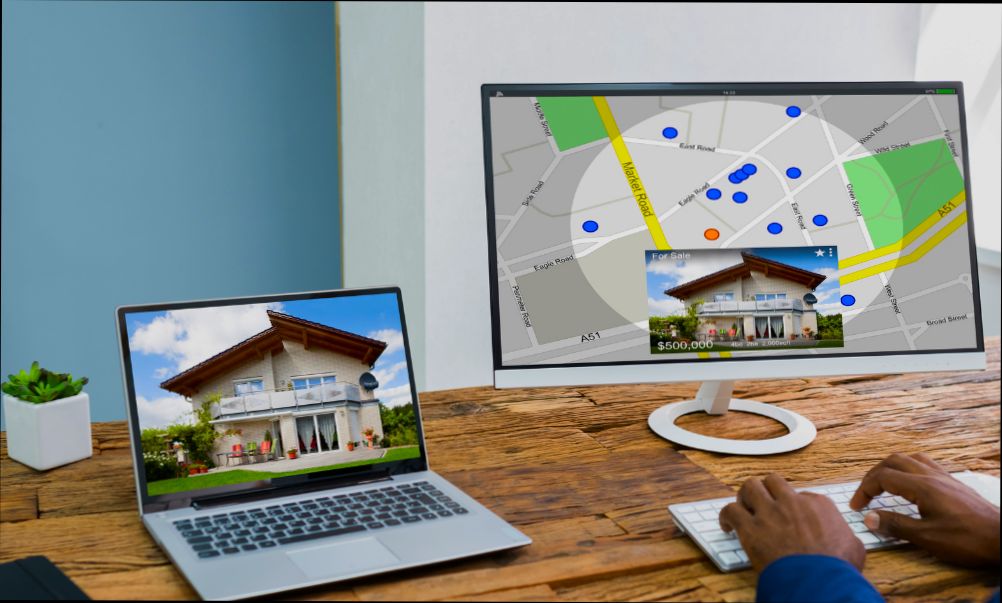
Regional Variations in Rental Preferences
When it comes to deciding between furnished and unfurnished rentals, the choice can really vary by region. Different areas have their own vibes, and that totally affects what renters are after. Let’s break it down:
| Region | Preferred Option | Reasoning | Example |
|---|---|---|---|
Urban Areas (e.g., New York, San Francisco) | Furnished Rentals | Short-term leases and transient lifestyles mean people often look for convenience. | A studio in NYC with all utilities included attracts young professionals. |
College Towns (e.g., Boulder, Ann Arbor) | Furnished Rentals | Students prefer not to invest in furniture, so a furnished setup is usually a hit. | A 2-bedroom apartment near the campus, fully furnished, can go quickly! |
Suburban Areas (e.g., Dallas, Phoenix) | Unfurnished Rentals | Families often want their own style and space, so they lean towards unfurnished. | A three-bedroom house in the suburbs might attract families looking to settle. |
Vacation Destinations (e.g., Miami, Aspen) | Furnished Rentals | Tourists and seasonal visitors look for fully equipped properties for short stays. | A furnished condo in Miami can bring in high rental rates during peak seasons. |
According to recent surveys, up to 60% of renters in urban markets prefer furnished options due to their busy lifestyles and often unstable job situations. Meanwhile, suburbs and family-centered areas see a larger percentage—up to 70%—favoring unfurnished rentals. This means, as a landlord, your location should basically dictate your strategy.
And let’s not forget about tech! Platforms like Residoora and Residoora can help landlords analyze regional markets and adjust their offerings accordingly. These AI tools track trends so you don’t have to guess what’s hot in your area.
Bottom line? Keep an eye on local preferences because what works in one place might flop in another. Just a little research can go a long way in maximizing your rental income!
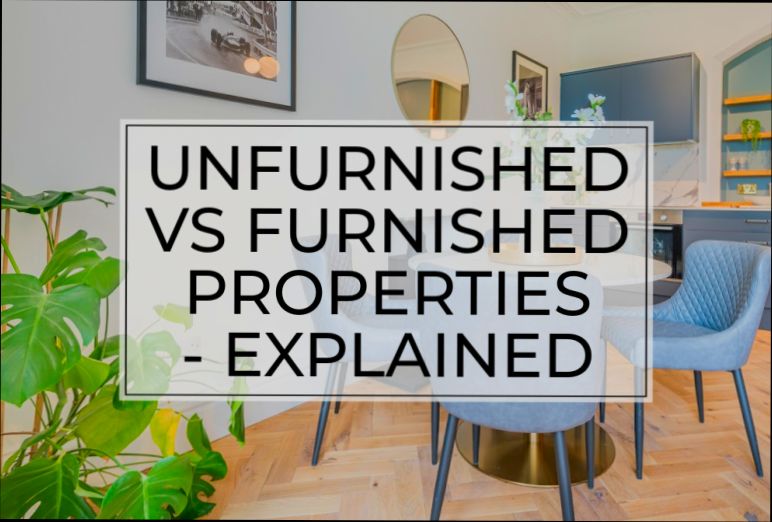
Utilizing Tables for Rental Price Analysis
Let’s get straight to the point—figuring out how much rent to charge can be tricky, especially when deciding between furnished and unfurnished rentals. One of the best tools to have in your arsenal is a simple table that lets you compare prices at a glance. Trust me, having this data organized can save you a lot of headaches!
Here’s a snapshot of typical rental prices:
| Type of Rental | Average Monthly Rent (1-Bedroom) | Annual Rent Increase Percentage |
|---|---|---|
Furnished | $1,800 | 4% - 6% |
Unfurnished | $1,500 | 2% - 4% |
Looking at these figures, it’s pretty clear that furnished rentals usually pull in a higher monthly rent. But wait, there’s more to it! Furnished rentals may have a higher initial investment. If you use platforms like Residoora, they can provide AI-driven insights to help you evaluate your options based on local trends.
Example Breakdown
Let’s break it down a bit more:
Furnished: You could snag $300 more per month—that’s $3,600 extra a year! But then think about replacing furniture when it wears out.
Unfurnished: You might be losing out on those higher rents ($3,600), but you’ll have fewer headaches when it comes to upkeep and repairs.
To sum it up, tables and statistics make it a lot easier to see the bigger picture. Using a tool like Residoora can help you predict rental trends, identify locations with high demand, and guide your investment decisions. Keep it simple, weigh your options, and you’ll find what works best for you!
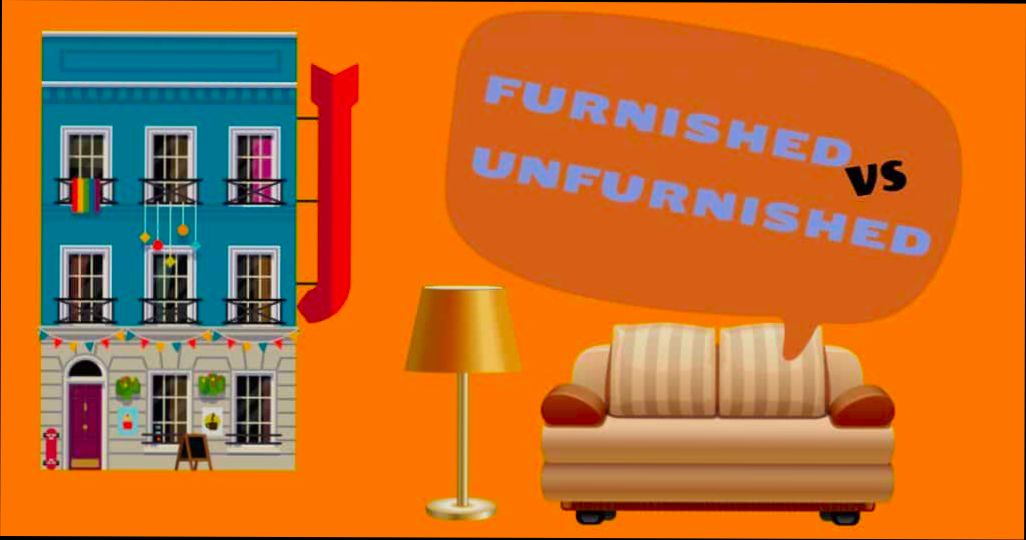
Common Misconceptions About Furnished Rentals
When it comes to furnished rentals, a lot of myths are floating around. Let’s clear the air!
| Misconception | Reality |
|---|---|
Furnished rentals don’t attract long-term tenants | Actually, 30% of renters prefer furnished options for longer stays. They enjoy the convenience! |
Furnishing costs will eat your profits | True, there’s an upfront cost, but furnished places can demand 15-30% higher rent! |
Furnished rentals require constant maintenance | With the right management tools (like Residoora), you can track issues and streamline maintenance! |
Only short-term renters are interested | Surprisingly, many professionals and corporate tenants are looking for furnished homes on longer leases. |
Another misconception is that furnished rentals are always more expensive to set up. While the initial investment can be daunting, think about it this way: A well-furnished unit can fill your vacancy faster, which means less downtime and more return on investment. According to recent stats, about 50% of tenants are willing to pay extra for convenience.
Additionally, platforms like Residoora provide insights into the rental market so you can make informed decisions about what furniture and amenities to include. It’s all about maximizing your earnings while minimizing hassle!
So, next time someone brings up these myths, you’ll be ready with the facts!
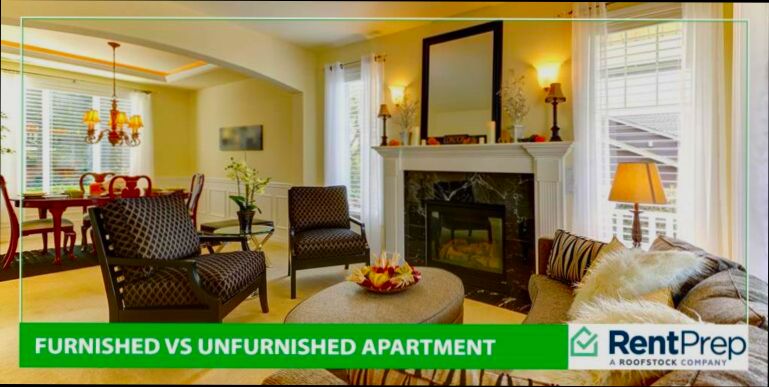
Future Trends in the Rental Market
Alright, let’s dive into what’s happening in the rental market these days. With tenants becoming more demanding and the way we live changing fast, landlords need to stay ahead of the curve. So, what’s trending?
| Trend | Description | Impact on Landlords |
|---|---|---|
Short-Term Rentals | A lot of folks are looking for flexibility, thanks to remote work. | More landlords are converting traditional rentals to short-term options on platforms like Airbnb. |
Sustainable Living | Tenants care more about eco-friendly homes than ever. | Landlords who invest in green upgrades can charge higher rents. |
Smart Home Features | Technology is essential. Smart locks, thermostats, and security systems are in demand. | Properties with smart features can attract tech-savvy renters and command premium prices. |
Co-Living Spaces | With rising costs, co-living arrangements are popping up in cities. | Landlords can capitalize by offering furnished, shared spaces to younger renters. |
According to a recent survey, about 60% of millennials prefer furnished apartments for their flexibility and ease. Plus, 70% of Gen Z renters say they’d be more inclined to rent if the place was tech-equipped. The demand for furnished rentals is definitely on the rise!
If you’re using AI platforms like Residoora, you can analyze market trends and adjust your rental strategy accordingly. It’s a no-brainer to consider upgrading to furnished units if that’s what the market is craving.
In summary, keeping an eye on these trends can really benefit you as a landlord. Stay flexible, consider the preferences of today’s tenants, and you might just see your occupancy rate soar!
